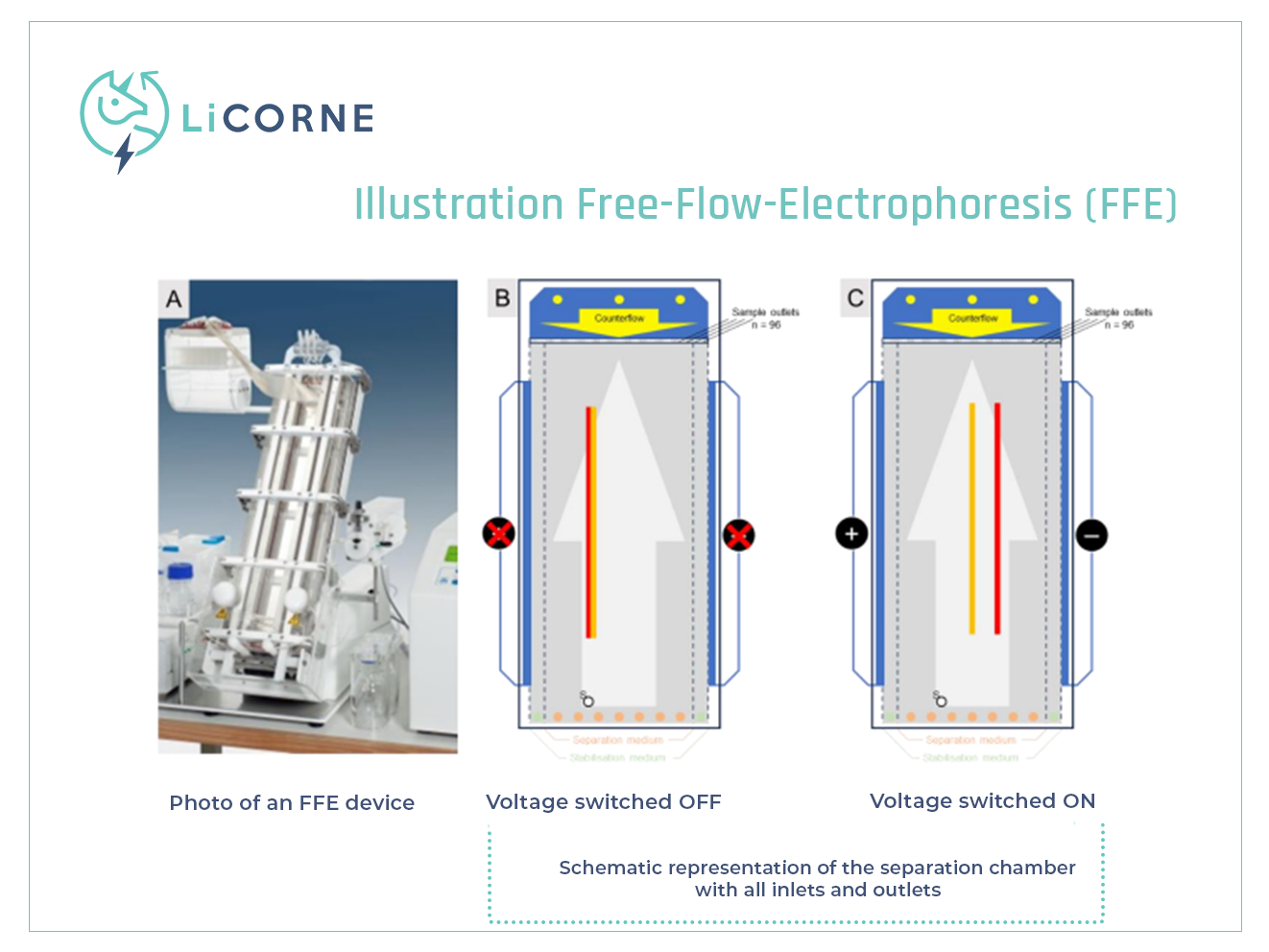
23/10/2023
New membrane-free technique for the selective separation of lithium and sodium
The most recent political events and regulatory context have highlighted on several occasions a growing demand for lithium (Li), primarily fuelled by the increasing use of lithium-ion batteries (LIBs). The concentration of the largest mining sites for Li outside of Europe leads to a strong dependence on third countries, which can pose economic and strategic challenges for the EU. To mitigate the resources scarcity, the EU has implemented regulations promoting sustainable battery practices, and is actively exploring diversified domestic resources of Li, such as the geothermal brines located in the Rhine Graben region.
Researchers at Fraunhofer ICT recently attended the German Geothermal Conference in Essen (Germany), where they submitted a scientific poster that portrays the characteristics of the Li resources identified in the geothermal brines in the Rhine Graben region and the challenges raised by the Li extraction. Due to the high concentration of salt load, the selective separation of Li and sodium (Na) remains the primary challenge to solve. Within the LiCORNE project, researchers are testing a manganese-based (Mn-based) adsorption setup to provide Li enriched solutions from geothermal brines. Despite recent developments, impurities persist, and additional separation steps are required.
Lithium Extraction from geothermal brine of the Rhine basin by electrophoresis
During the German Geothermal Conference, the research team at Fraunhofer ICT presented the free-flow electrophoresis (FFE) used for the selective separation of Li and Na ions. This separation relies on the ions’ migration velocity in an electrified field, being significantly influenced by their charge, size and hydrate shell.
The main advantage of the FFE lies in its capacity to prevent mixing of individual streams with the background eluent, allowing separate collection of the individual streams at the end of the chamber. Additional benefits of the FFE:
- Membrane-free process due to laminar flow
- Simple design, scalable
- Clean hydrometallurgical process, low emissions
- Continuous operation (24-7), automatable
- Customizable for different questions
- Circulatable, sustainable
Testing the method with different parameters, various concentrations of the sample solution and altering the eluent solution, researchers reported a complete separation of Li and Na ions by FFE, with over 80% separation efficiency. Future efforts will focus on testing the actual desorption solutions, optimizing throughput, scaling up, and reducing costs.
Download the original poster, available in German, here